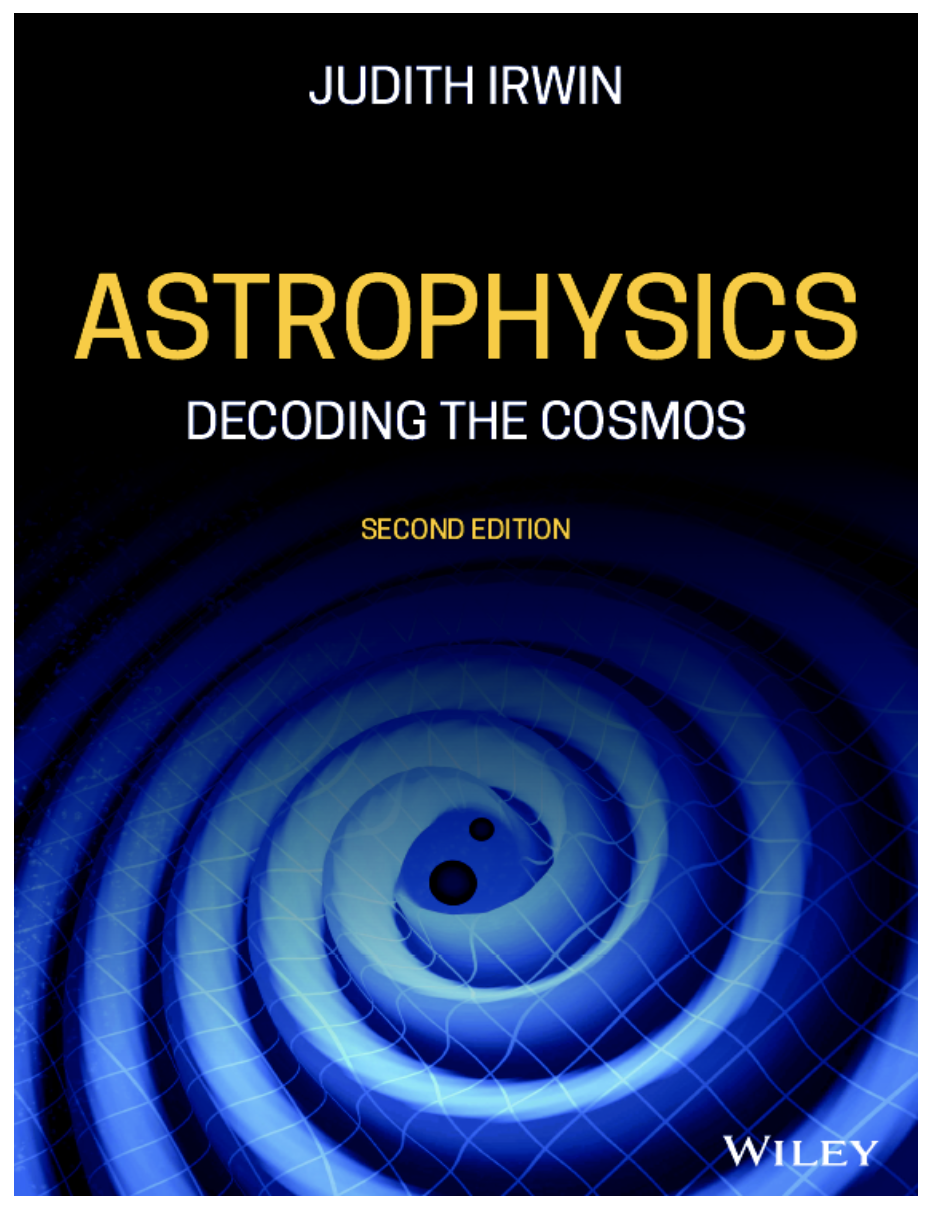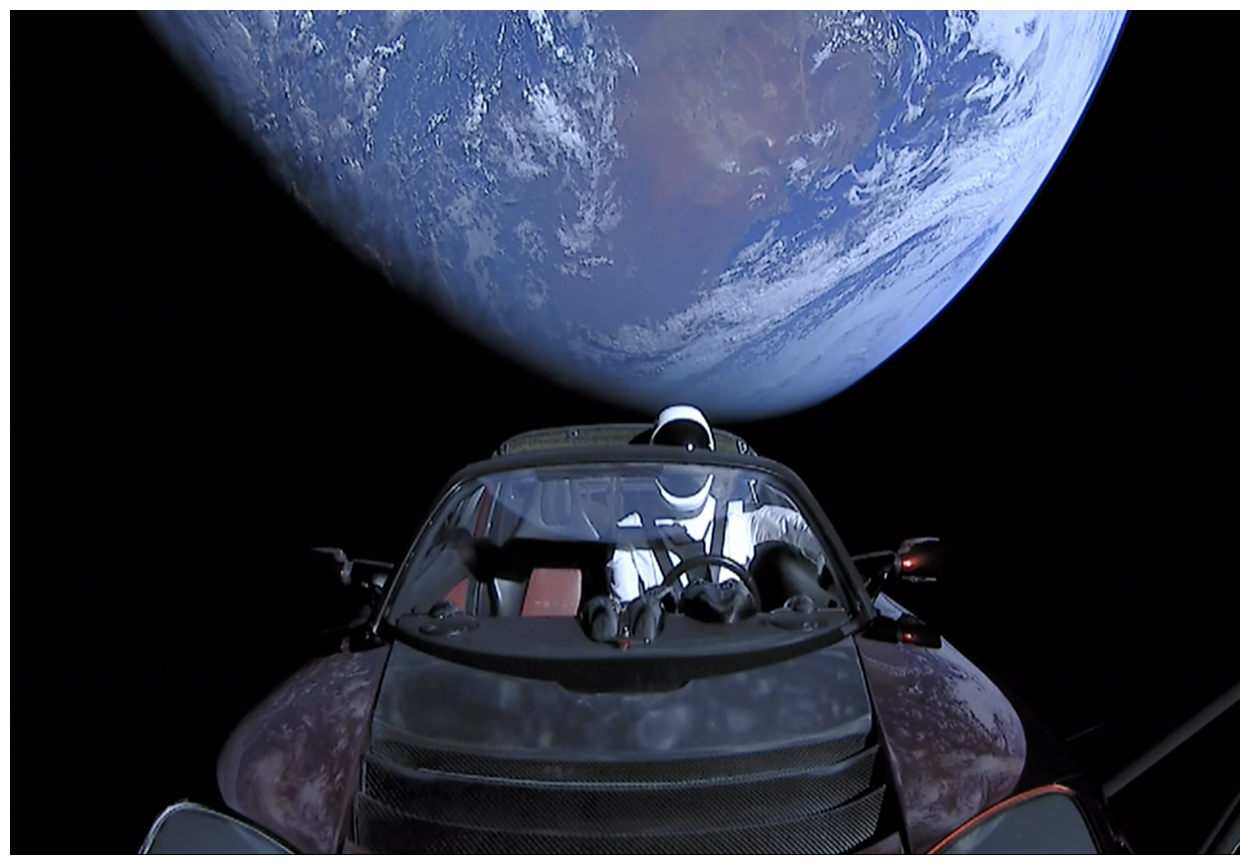Judith Irwin is a professor of physics and astronomy at Queen’s University in Kingston, Ontario, Canada. Her research focuses on gaseous halos of spiral galaxies and she leads the CHANG-ES project.
Looking for a new option for a mid-level undergraduate astrophysics course, or a resource for new graduate students who may not have a solid background in astrophysics? The second edition of Astrophysics: Decoding the Cosmos is available!

Over the years, I have developed a course that focuses on the “how” of astronomy, ensuring that physical principles are front and center. There are countless astronomical sources in the sky and possibly myriad different kinds of sources, but there are very few radiative processes. With the exception of the very high energies, you can count the number of processes on your fingers.
At Queen’s University, I decided that our third year course should be restructured to emphasize the physics of astronomical objects. This approach shifts away from long descriptions of planets, stars or galaxies. Such courses often require students to memorize facts which they could simply look up online.
The signal that we detect, however, is black body radiation, free-free emission, synchrotron emission, emission from bound-bound atomic transitions, and other processes that show up again and again. Absorption and dust extinction are ways in which light and matter interact when they touch. Gravitational lensing is a way in which light and matter interact when they do not touch. If we have knowledge of these processes, then when confronted with something new, we have the decoding tools that we need.
Not that planets, stars and galaxies are ignored! The text uses a variety of astronomical objects to demonstrate the physics, with accompanying illustrations. It also includes the definitions of light that students often find confusing, such as specific intensity, flux density, magnitudes, and spectral power. Many examples are presented throughout the text to show how astronomers turn a raw detection at the telescope into final knowledge of the astronomical object itself.
The second edition presents many new updates from the first edition to reflect advances in the field. Of note is a new chapter on gravitational waves and a chapter on particles from cosmic rays to meteorites. The gravitational waves chapter simplifies the subject by considering what can be understood analytically, without resorting to complex codes.
Also new are “Just for Fun” problems which are added to more standard problems at the end of each chapter. These are more fanciful or open-ended questions that students enjoy, and often reveal how astrophysical principles can be applied more broadly. Some examples are to compute the gravitational wave luminosity of a spinning hard boiled egg (Prob. 2.14), to estimate the intensity and angular diameter of the Sun from the current position of the Tesla Roadster (Prob. 3.25), and to find the luminosity of a Borg Cube, assuming it is a black body (Prob. 6.16).
enjoy, and often reveal how astrophysical principles can be applied more broadly. Some examples are to compute the gravitational wave luminosity of a spinning hard boiled egg (Prob. 2.14), to estimate the intensity and angular diameter of the Sun from the current position of the Tesla Roadster (Prob. 3.25), and to find the luminosity of a Borg Cube, assuming it is a black body (Prob. 6.16).
The Table of Contents has more information, and a student companion website contains additional online supplementary material. A solutions manual and evaluation copy are also available for instructors.
Astrophysics: Decoding the Cosmos, Second Edition, is a readable introduction to astrophysics which takes an innovative approach to the subject for serious students who hope to advance in the field.